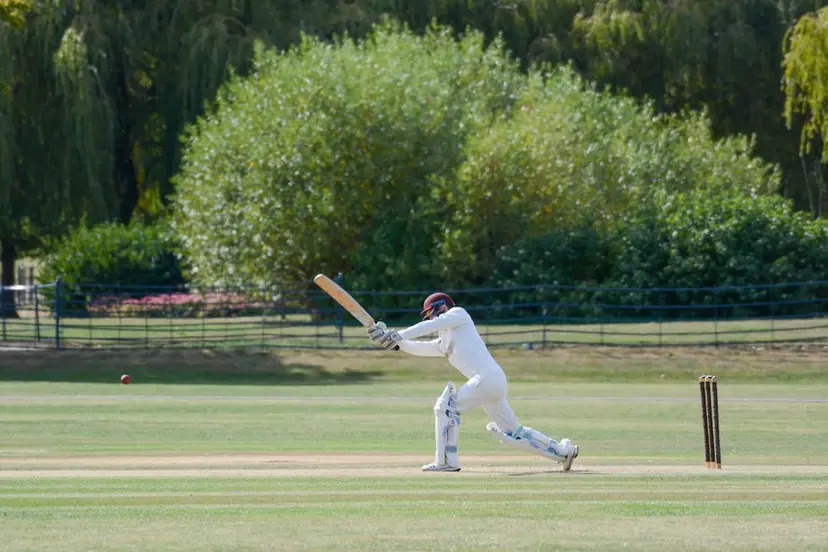Types of Cricket Pitches and What They Do: Breakdown by T20Match

Cricket pitches can be likened to solving the genetic code for every match! That rectangle, 22 yards long, in the middle of the ground, will determine whether batsmen gorge themselves on runs or grit their teeth in self-preservation. Even when spinners enjoy a summer dance or fast bowlers feast on the scraps. T20Match explores the mesmerising world of cricket pitches and the playing surfaces that help shape the beautiful game we love.
Green Tops Are Ideal For Fast Bowlers
When the ground staff leave a fraction more grass on the pitch, fast bowlers start to drool! Green tops offer significant assistance to seam bowling with the ball moving erratically off the surface. The grass retains moisture creating extra movement and batting becomes extremely difficult in the early sessions.
These pitches normally favour the team that wins the toss and bowls first. The ball stays hard longer, retains its shine for longer, and the seam stays in the grass. England and New Zealand are notoriously good at creating such conditions, where scores made during Tests between 250 and 300 are now often competitive.
T20Match notes that green pitches produce some of cricket’s most exciting contests, where technique trumps power and survival becomes an art.
Flat Tracks Are A Batsman’s Playground
There is no worse nightmare for bowlers than a flat pitch. Such pitches do not provide assistance to any variation of bowling and create batting paradise with predominantly run-filled matches and centuries taken for granted. The ball hits the bat well, the bounce is even, and edges will never carry to a slip fielder.
Flat pitches are especially common at grounds on the Indian subcontinent, and these pitches are common in limited-overs cricket. With no lateral movement, batsmen are able to play forwards with conviction, and this leads to high-scoring matches which are engaging for fans.
That said, flat pitches are not always dull. The more high-scoring matches provide a variety of high-drama finishes that negate periods of boredom, with every run seeming mission-critical and tests of batting depth being vigorous.
Dusty Turner A Spin Bowling Heaven
Dry, abrasive pitches that break down quickly lead to very different challenges. These pitches can begin to turn right from day one, as the ball grips and turns maniacally. The bowler’s footmarks are the main influences on these pitches, especially for left-arm spinners bowling to right-handed batsmen.
T20Match says turner pitches make for interesting tactical wars. Teams have to balance their combinations tactfully, having to use as many spinners as possible while losing out on pace options. Batting is more about technique and patience than adventurous stroke play.
Subcontinent grounds are good at creating such conditions, where home spinners tend to use home advantage to harmful effect.
Variable Bounce Surfaces
Probably the most hazardous of the pitches are those that produce enigmatic bounce. Some balls spring up, and some do not reflect off the pitch, leaving batsmen gambling; a real lottery. These types of surfaces are generally encountered during a match, with the pitch deterioration occurring over the four or five days with multi-day matches or the forty or so overs with this white ball game.
Variable bounce presents a serious threat to batting, rendering the old principles of positive shot-making a risky adventure. Batsmen find themselves in a constant state of technique adaptation and readjustment. A stroke play becomes tentative, and scores suffer dramatically.
Reading the Conditions
Firstly, a good team will read the pitch conditions and then make tactical plans accordingly. T20Match for example, show that current cricket teaches batonning, and great teams now often have to be flexible in their tactical situation during the game. The choice of team, batter order and choice of bowlers needs to have reactive strategies to the surface.
Captains will spend a lot of time watching the pitch during the warm-ups. They do this because of moisture presence, grass coverage, hardness and to understand possible wear patterns. All these observations will immediately inform and influence decisions made about the toss and all associated team selection.
The appreciation of pitch behaviour adds another level of complexity to cricket tactical understanding and appreciation for why all players acknowledge that the surface underneath their feet continues to remain the major influencer of the game.
Source Url = Click Here


